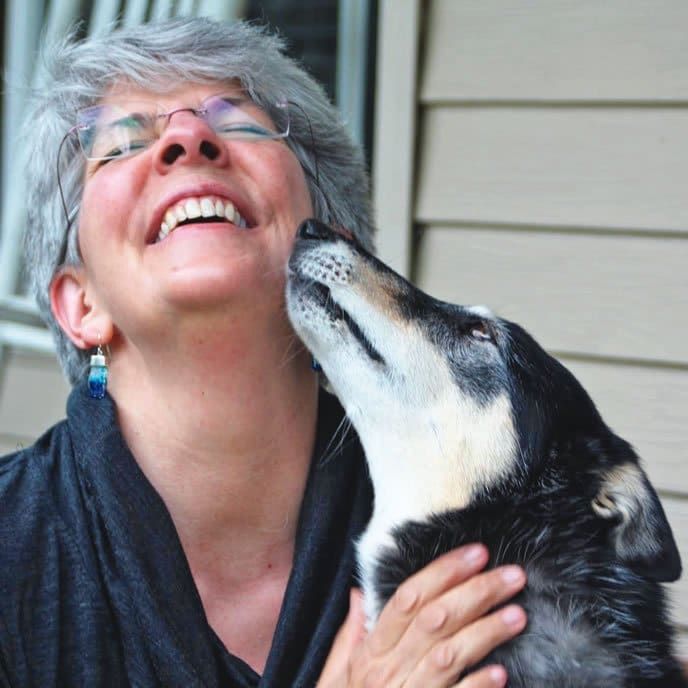
In my capacity as a dog trainer and behaviour consultant, I sometimes need to delve deeper into the creativity well to help a client solve a particularly difficult behaviour problem. This is actually an element of my work that I love. I enjoy puzzles and brainstorming and engineering custom-made training plans.
Sometimes, preparing and executing such a plan can involve a lot of time, effort, and coordination. On very rare occasions, the universe hands the whole thing to me on a platter before I even get a chance to sharpen my pencil and get to planning. The following is an example of such an occasion.
I was about a half-hour into a consultation at a client’s house. We were working on the problem of her two small dogs barking, lunging, and snapping at people who entered the house from the main door. We had covered some basic exercises over the previous weeks and we were now ready to put things into practice with actual strangers entering the home.
The client asked me, a little concerned, “So, I’ll need to find people the dogs don’t know and ask them to knock on my door and come in?”
I replied, “Well, yes. Is this something you can do?”
The client frowned, looked at the floor and thought for a moment. We stood together quietly, and then, almost on cue: Ding-dong! The doorbell rang.
Opportunity Rings
We glanced at each other and smiled. Ha! What were the odds of that happening at that exact moment? It was too perfect! We quickly got into position to immediately begin working with the dogs. The client opened the door, and there stood two elderly ladies, a little afraid of all the hooplah created by the dogs who were behind a small barrier near the door.
My client spoke loudly to the ladies over the noise and asked them to step inside. We had no idea who they were, but they were quickly recruited to help with the exercise. I instructed them on the fly: “Look this way, not directly at the dogs. Please stand still; take these treats in your hand and toss them when we say . . . .”
They obliged kindly. One was trying so hard not to look at the dogs (as instructed), that she was looking straight up at the ceiling and was tossing the treats willy-nilly. We quickly rectified this. The dogs were doing great! They calmed down faster than they ever had before.
We were now ready to go to the next step: Having the ladies move their feet, but only when cued by us (moving feet were an issue for the dogs). They obliged again, and the exercise was going swimmingly! We had them practically doing the hokey-pokey in the entrance.
The dogs were now having so much fun that the exercise lasted 30 minutes! The ladies were asking questions about the process and were tickled to be learning about dog training. They hadn’t expected that today.
At the end of it all, we thanked them and they were gracious as they leaned forward to hand a booklet to my client. They were Jehovah’s Witnesses! Without missing a beat, my client asked if they could return on occasion to practice, and they said yes!
When they left, we had a good belly laugh. The dogs burped and took a nap.
Nancy Tucker, CPDT-KA, is a full-time trainer, behavior consultant, and seminar presenter in Quebec, Canada. She has written numerous articles on dog behavior for Quebec publications focusing on life with the imperfect family dog.






